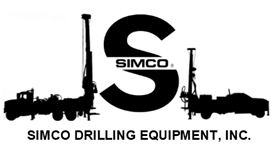As one of the most common causes of well failure, neglect is also the most preventable. A common management practice seems to be letting the well run until it no longer pumps water, requiring a maintenance visit, sometimes in the middle of the night on a holiday.

Wells get plugged up for a variety of reasons such as clay and silt plugging, mineral incrustations, and biofouling through standard operations. Water well production can be greatly diminished or cut off completely if the formation, gravel pack, and screens get clogged over time. These are natural processes that can affect all wells, but with a little attention they can be stopped before they become a problem.
Well rehabilitation, when used at the proper times, can help manage well production and keep the water flowing. Each well has its own troubles and will need rehabilitation methods specific to that well’s microbiological parameters, groundwater chemistry, and general condition, and well rehabilitation timing can vary greatly.
One method is to schedule rehabilitation on a routine basis. While every five years is a common timeframe, the interval for each well needs to take into account the conditions surrounding the well and specific plugging rates. If the time between rehabilitation is too long, restoring well performance may require more aggressive – and more expensive – techniques.
Staying in front of potential water flow problems through rehabilitation practices can save you time and money. The right plan can be built by using analytical data, video logging, and bacterial loads and you can expect a long life and consistent water flow from your wells.



